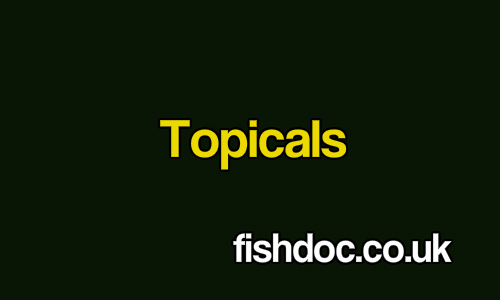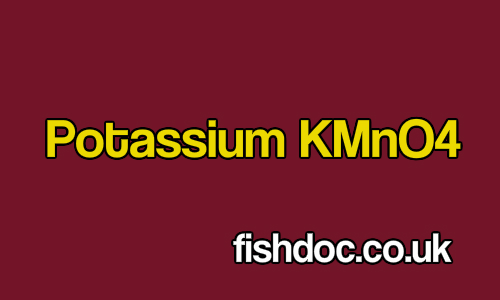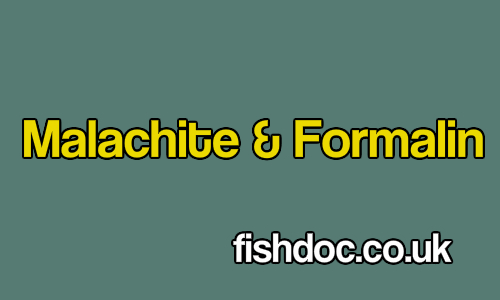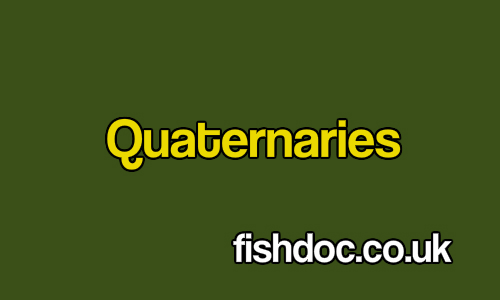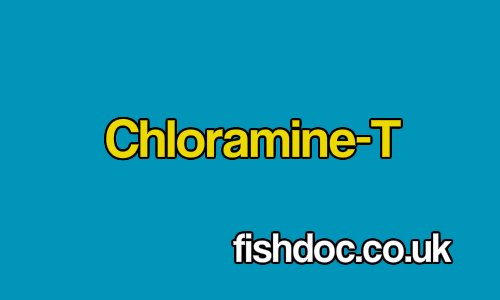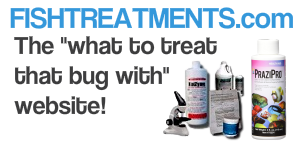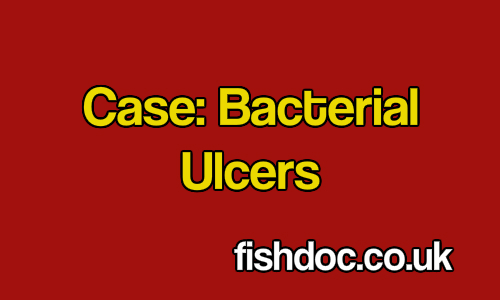
Case details 6th April 2000: Client phoned to say that one koi was laying on the bottom, not eating and was generally lethargic. The fish had been like this for several weeks but kept rallying around – could I tell him what the problem was? Lacking the confidence of many in the aquatic trade I said no – ..


